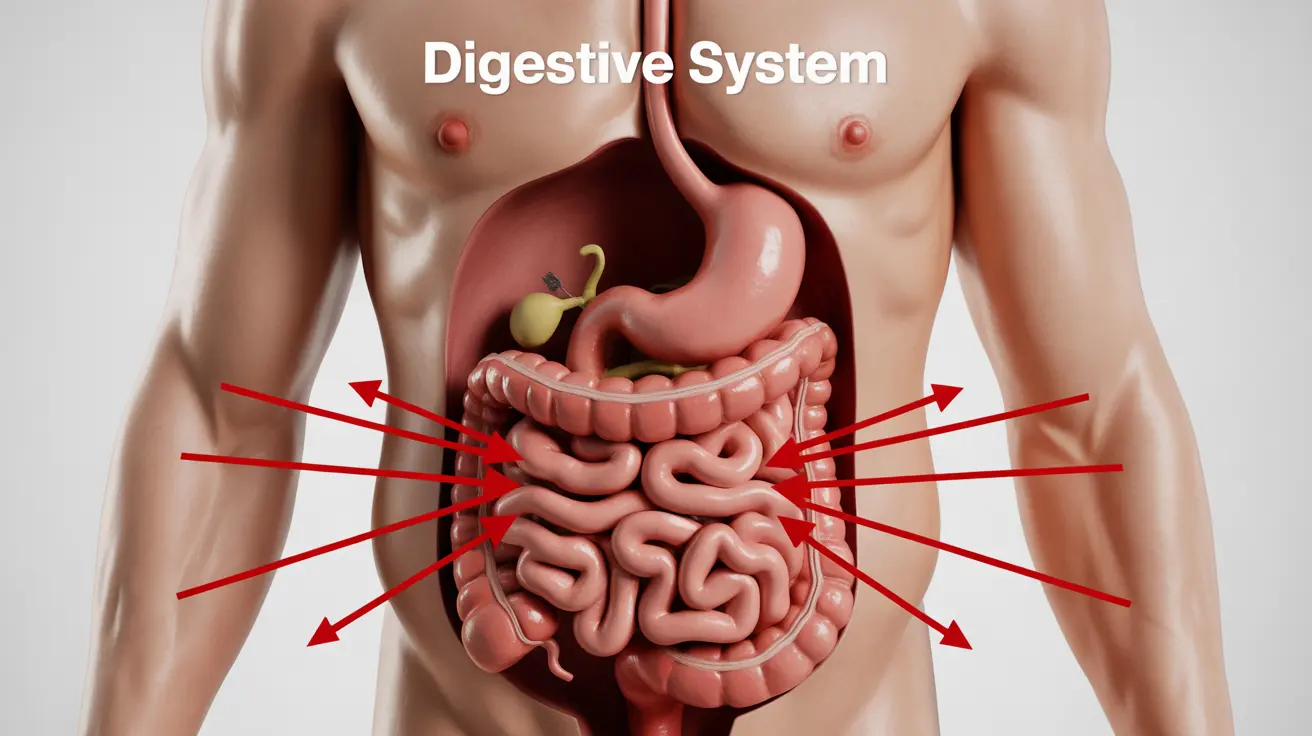Pathological Demand Avoidance (PDA) is a complex behavioral profile often associated with autism spectrum disorder (ASD). This unique presentation challenges traditional understanding of autism and demands a nuanced approach to support and management. In this article, we'll explore the key features of PDA, its relationship to autism, and strategies for supporting individuals who exhibit this profile.
While PDA is not officially recognized in diagnostic manuals, it's gaining attention among clinicians and researchers, particularly in the United Kingdom. Understanding PDA can provide valuable insights for individuals, families, and professionals navigating the complexities of autism and related conditions.
What is Pathological Demand Avoidance?
Pathological Demand Avoidance is characterized by an extreme avoidance of everyday demands and expectations. This avoidance is driven by high levels of anxiety and a strong need for control. Unlike typical oppositional behavior, PDA is rooted in an inability to cope with demands rather than willful defiance.
Key features of PDA include:
- Extreme avoidance of routine demands
- Use of social strategies to avoid compliance
- Surface sociability, but lack of deep social understanding
- Mood swings and impulsivity
- Comfortable with role play and pretending
- Obsessive behavior, often focused on people
These traits can significantly impact daily functioning and pose challenges in educational, social, and family settings.
PDA and Autism: A Complex Relationship
While PDA is most commonly associated with autism, it's important to note that not all individuals with autism exhibit PDA traits, and PDA-like behaviors can occur in other conditions. The relationship between PDA and autism is complex and subject to ongoing research and debate.
Similarities and Differences
PDA shares some features with classic autism, such as social communication difficulties and restricted interests. However, individuals with PDA often display:
- Better surface social skills
- More fluid use of imagination
- A different quality of rigidity, focused on avoiding demands rather than insistence on sameness
Diagnostic Challenges
The lack of official recognition in diagnostic manuals like the DSM-5 or ICD-10 makes formal diagnosis of PDA challenging. Some clinicians use PDA as a descriptive profile within the autism spectrum, while others are more hesitant to apply the label without standardized criteria.
Managing PDA: Strategies for Support
Supporting individuals with PDA requires a different approach compared to traditional autism interventions or behavioral management techniques. The focus is on reducing anxiety and building trust rather than enforcing compliance.
Effective Approaches
Some strategies that have shown promise include:
- Adopting a low-demand, low-arousal environment
- Offering choices and framing requests indirectly
- Using humor and playfulness to reduce perceived demands
- Prioritizing relationship-building over strict rule enforcement
- Providing clear explanations and negotiating when possible
These approaches aim to reduce anxiety and increase the individual's sense of control, making it easier for them to engage with necessary tasks and expectations.
PDA in Adults: Lifelong Considerations
PDA is a lifelong profile that continues to affect individuals into adulthood. Adults with PDA may struggle with employment, relationships, and daily responsibilities due to their difficulty with demands and expectations.
Support for adults with PDA often focuses on:
- Developing self-awareness and coping strategies
- Finding accommodations in work and educational settings
- Building skills in self-advocacy and communication
- Accessing PDA-informed therapy and counseling services
Understanding PDA can help adults make sense of their experiences and find more effective ways to navigate life's challenges.
Frequently Asked Questions
- What are the main symptoms of Pathological Demand Avoidance (PDA) in autism?
The main symptoms of PDA in autism include extreme avoidance of everyday demands, use of social strategies to avoid compliance, surface sociability with underlying social difficulties, mood swings and impulsivity, comfort with role-playing, and obsessive behaviors often focused on people rather than objects. These symptoms are driven by high anxiety and a strong need for control.
- How is PDA typically managed or treated, especially if it's not officially recognized in diagnostic manuals?
PDA is typically managed through a low-demand, low-arousal approach that focuses on reducing anxiety and building trust. This includes offering choices, using indirect language, employing humor, and prioritizing relationship-building over strict rule enforcement. While not officially recognized, many clinicians and families use PDA-informed strategies based on these principles to support individuals effectively.
- What are some common mistakes parents or caregivers make when trying to manage behaviors associated with PDA?
Common mistakes include using traditional reward and punishment systems, setting rigid rules and expectations, failing to offer choices or negotiate, and not recognizing the role of anxiety in driving avoidant behaviors. Approaching PDA with strategies designed for typical autism or oppositional defiant disorder can often exacerbate the situation.
- Can individuals with PDA also have other conditions like ADHD or epilepsy?
Yes, individuals with PDA can have co-occurring conditions such as ADHD or epilepsy. The relationship between PDA and these conditions is complex and not fully understood. It's important for individuals to receive comprehensive evaluations to identify all relevant conditions and develop appropriate support strategies.
- What strategies are effective for supporting adults with a PDA profile throughout their lives?
Effective strategies for supporting adults with PDA include developing self-awareness and coping mechanisms, finding accommodations in work and educational settings, building skills in self-advocacy, and accessing PDA-informed therapy. Creating flexible environments, offering choices, and using indirect communication can help adults manage demands more effectively in various life domains.




